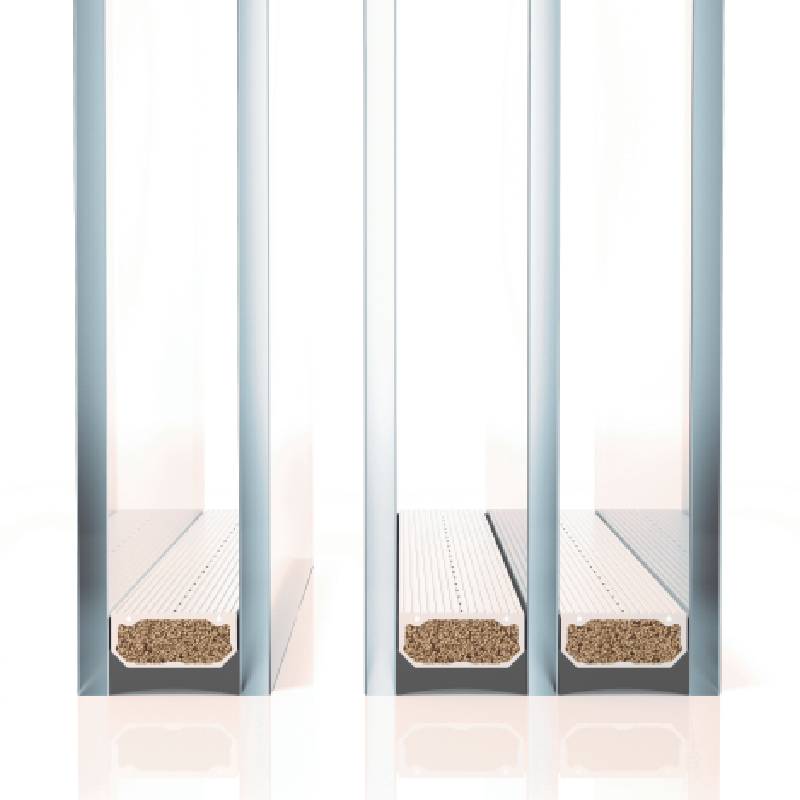

The Allure of Blue Tinted Glass A Modern Aesthetic
In the realm of architecture and interior design, materials play a pivotal role in both functionality and aesthetic appeal. Among these materials, blue tinted glass has emerged as a popular choice, captivating designers and homeowners alike with its unique ability to transform spaces. This trend reflects not only a shift towards modern design but also a deeper appreciation for the nuances of color and light in our environments.
One of the most striking features of blue tinted glass is its elegant hue, which introduces a calming ambiance to any setting. The soothing shades of blue can evoke feelings of tranquility and serenity, reminiscent of clear skies or gentle ocean waves. This quality makes blue tinted glass particularly appealing in environments designed for relaxation, such as spas, wellness centers, and residential spaces. When used in windows or glass walls, the blue tint softens the harshness of direct sunlight, creating a diffused, harmonious light that enhances the overall mood of the room.
Beyond its aesthetic benefits, blue tinted glass also serves practical purposes. It can reduce glare and heat gain, making interiors more comfortable without the need for extensive artificial lighting or climate control. This energy efficiency aligns with the growing emphasis on sustainable design, as it helps to lower energy consumption in buildings. Moreover, blue tinted glass comes in various thicknesses and treatments, allowing for customization tailored to specific architectural needs, whether in commercial buildings or private residences.

In addition to its functional advantages, blue tinted glass can also serve as a powerful design element. When integrated into the façade of a building, it creates a striking visual impact. The interplay of light and color can change throughout the day, adding dynamic qualities to an otherwise static structure. Different shades of blue can be selected to reflect the surrounding landscape, enhancing the building's relationship with its environment. For instance, a building located near water may incorporate deeper blues that harmonize with the natural scenery, creating a seamless blend between architecture and nature.
Interior designers have embraced blue tinted glass for its versatility in various applications. It can be used in partitions, tabletops, and even decorative elements like light fixtures. Its ability to reflect and refract light can add depth and dimension to a space, making it feel more expansive. Furthermore, when paired with other materials—such as wood, metal, or stone—blue tinted glass can create intriguing contrasts that elevate the overall design aesthetic.
Culturally, blue has long been associated with themes of peace, trust, and stability. These qualities make blue tinted glass not just a design choice, but a statement of values. Whether in residential homes, commercial spaces, or public buildings, the use of blue tinted glass can symbolize a commitment to creating environments that inspire calmness and clarity.
In conclusion, blue tinted glass represents a fusion of beauty and practicality in modern design. Its ability to enhance the ambiance of a space while offering functional benefits makes it an ideal choice for a wide range of applications. As we continue to explore new ways to integrate color and light into our built environments, blue tinted glass will undoubtedly maintain its allure, inviting us to experience the world through a serene, stylish lens.